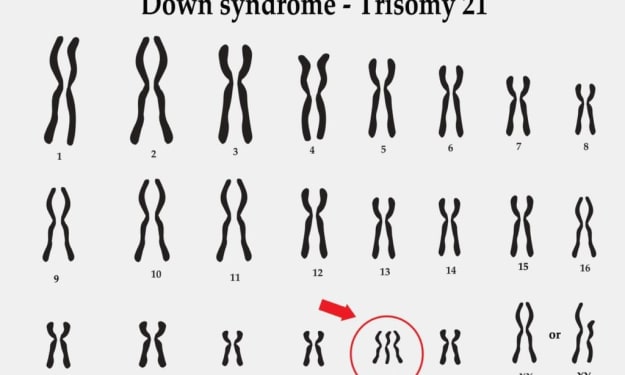A Journey into Norwegian for Beginners
Norwegian course for beginners

Norwegian is a North Germanic language and is the official language of Norway. It is spoken by approximately 5 million people, mainly in Norway, but also by Norwegian communities around the world. There are two official written standards of Norwegian: Bokmål and Nynorsk. These standards reflect the historical divisions between different dialects in the country.
- Bokmål: Bokmål, which translates to "book language," is the most widely used written standard in Norway. It is based on the Danish-influenced written language that emerged during Norway's union with Denmark (1380-1814) and later modified to better represent Norwegian phonology and vocabulary. Bokmål is used in the majority of urban areas and is the dominant standard in schools and government.
- Nynorsk: Nynorsk, which translates to "new Norwegian," is another official written standard. It was developed in the 19th century by language reformers who sought to create a written form of Norwegian that reflected the country's rural dialects. Nynorsk is primarily used in more rural regions, especially on the west coast, and is taught in schools alongside Bokmål.
The Norwegian language is known for its extensive use of pitch accents, which means the meaning of a word can change depending on the pitch of the syllables. This feature is more pronounced in some dialects than others.
Norwegian has many similarities with other North Germanic languages like Swedish and Danish, allowing speakers of these languages to understand each other to a certain extent. However, each language has its unique characteristics and vocabulary.
Let's delve deeper into some aspects of the Norwegian language:
Dialects: Norway has a wide variety of regional dialects, which can differ significantly in pronunciation, vocabulary, and grammar. Some dialects are more similar to Bokmål, while others align more closely with Nynorsk. While Bokmål and Nynorsk serve as written standards, many Norwegians use their local dialects in everyday speech. Dialectal variation adds richness and diversity to the Norwegian language, but it can also pose challenges for learners who might encounter different accents and words in various regions.
Vocabulary: The Norwegian vocabulary has been influenced by various factors throughout history. The language has borrowed words from Old Norse, Danish (during the union with Denmark), Low German, and High German. In modern times, English has also influenced the Norwegian vocabulary, especially in fields such as technology, business, and popular culture. However, the language authorities actively promote the use of native Norwegian words to preserve the country's linguistic heritage.
Pitch Accent: As mentioned earlier, Norwegian is a pitch-accent language. This means that the pitch or tone of a syllable can differentiate between otherwise similar words. There are two main pitch accents in Norwegian: acute accent (´) and grave accent (`). The use of pitch accents can sometimes be tricky for learners, but it becomes more natural with exposure and practice.
Grammatical Features: Norwegian grammar shares many similarities with other Germanic languages. It uses definite and indefinite articles, and nouns have gender (masculine, feminine, and neuter). Verbs are conjugated according to tense, mood, and person. However, compared to some other Germanic languages, Norwegian has relatively simpler grammar, especially in the absence of complicated case systems like German or Icelandic.
Language Policy: Norway has a strong language policy that emphasizes the importance of preserving both Bokmål and Nynorsk. The government provides support for the maintenance and promotion of these written standards, and education materials and official documents are available in both forms. Additionally, bilingual signage and official communication are common in areas where Nynorsk is the dominant written form.
Language Learning: Learning Norwegian can be a rewarding experience, especially if you plan to spend time in Norway or work with Norwegians. There are many language courses available for learners, and resources, such as textbooks, online platforms, and language exchange programs, can help you get started. Immersing yourself in Norwegian culture, movies, music, and books can also enhance your language skills.
Remember that language learning is a journey, and while Norwegian might have its challenges, the effort you put into understanding and communicating in the language will be appreciated by Norwegians and open doors to a deeper cultural understanding.
Get the Norwegian course for beginners based on a story here!






Comments
There are no comments for this story
Be the first to respond and start the conversation.